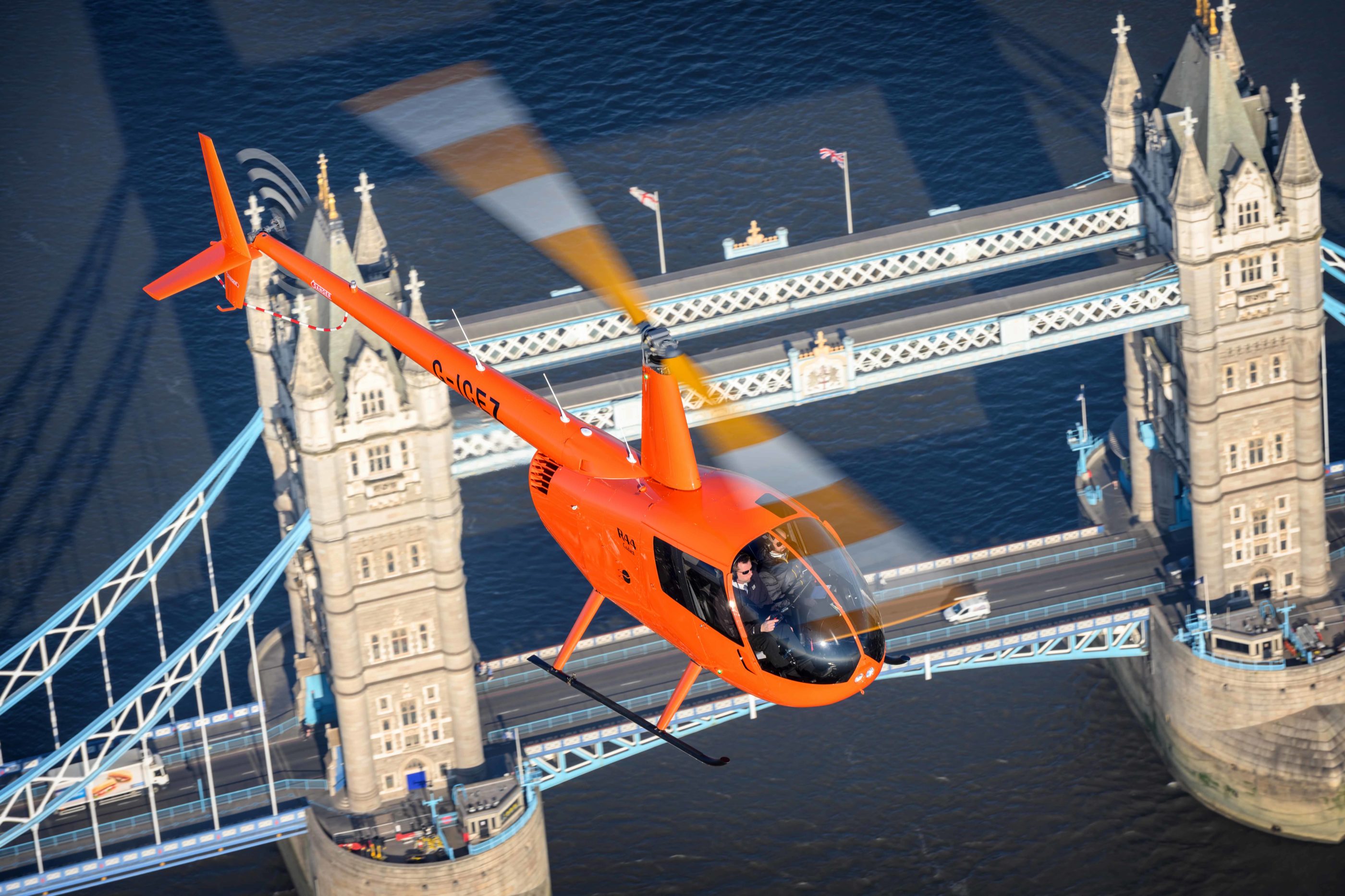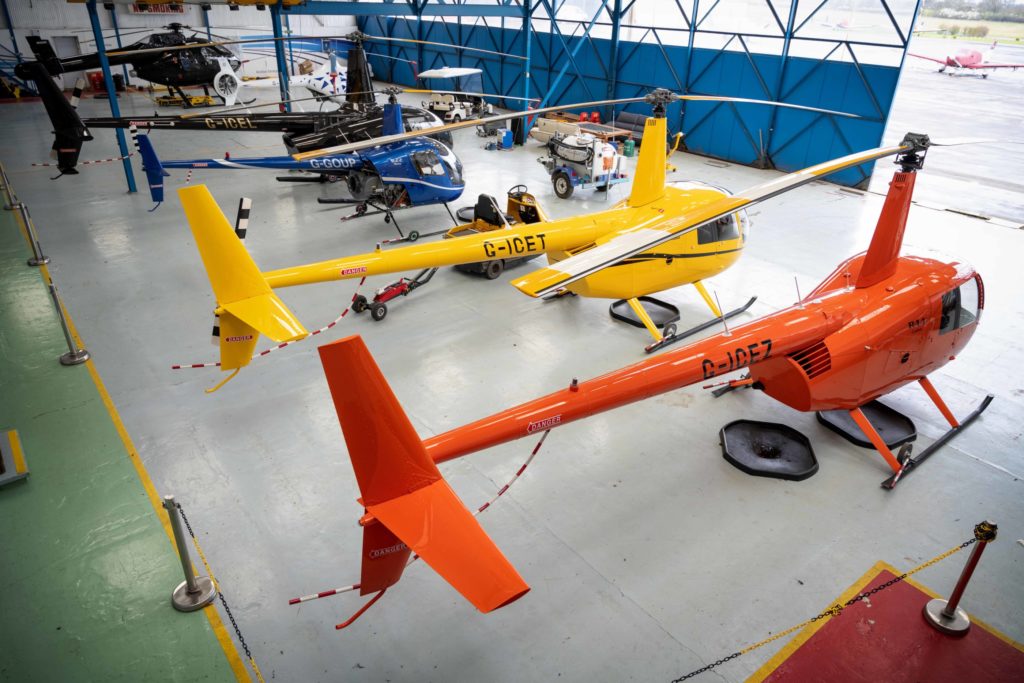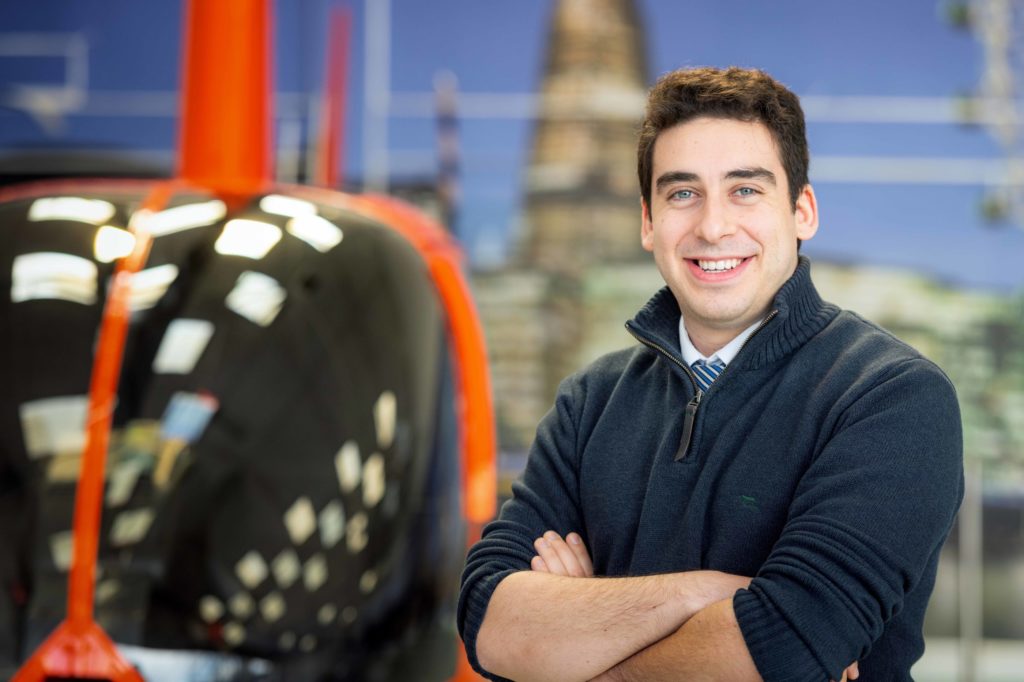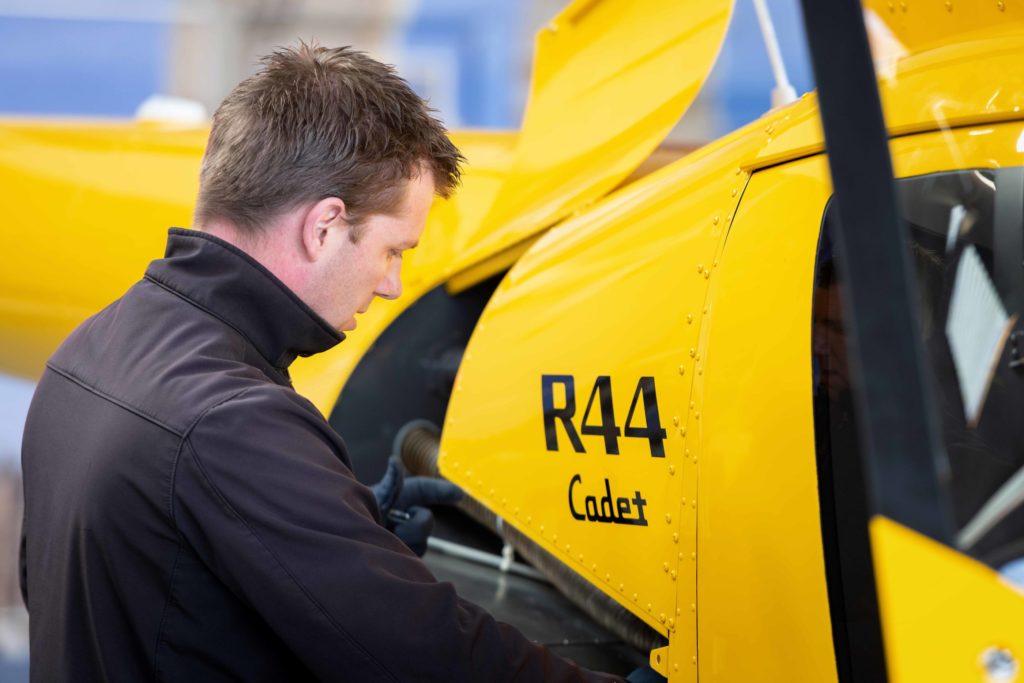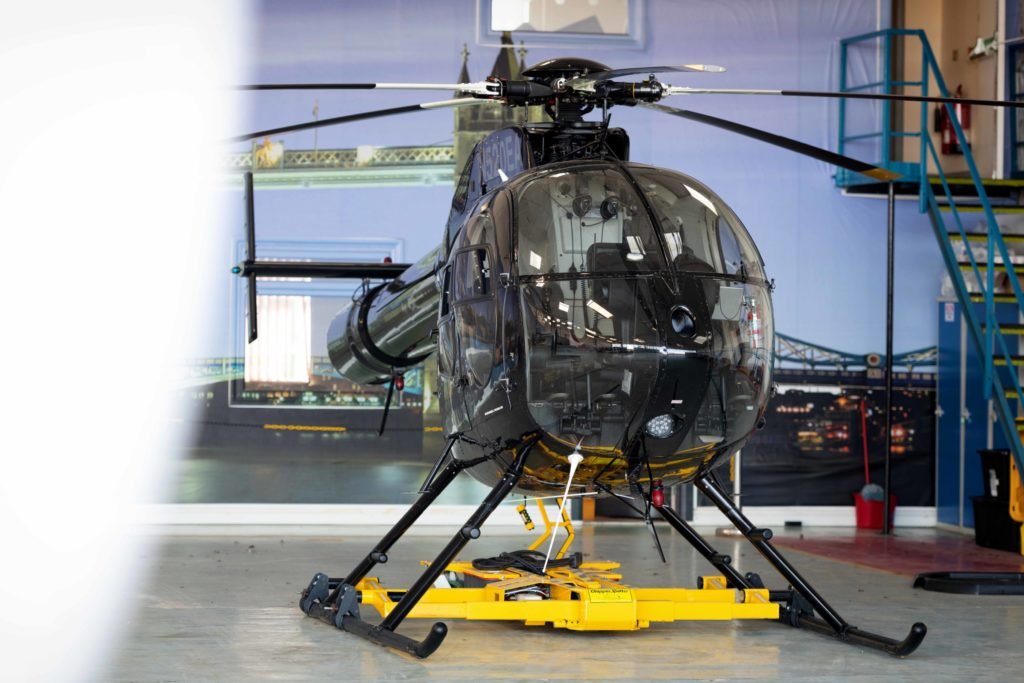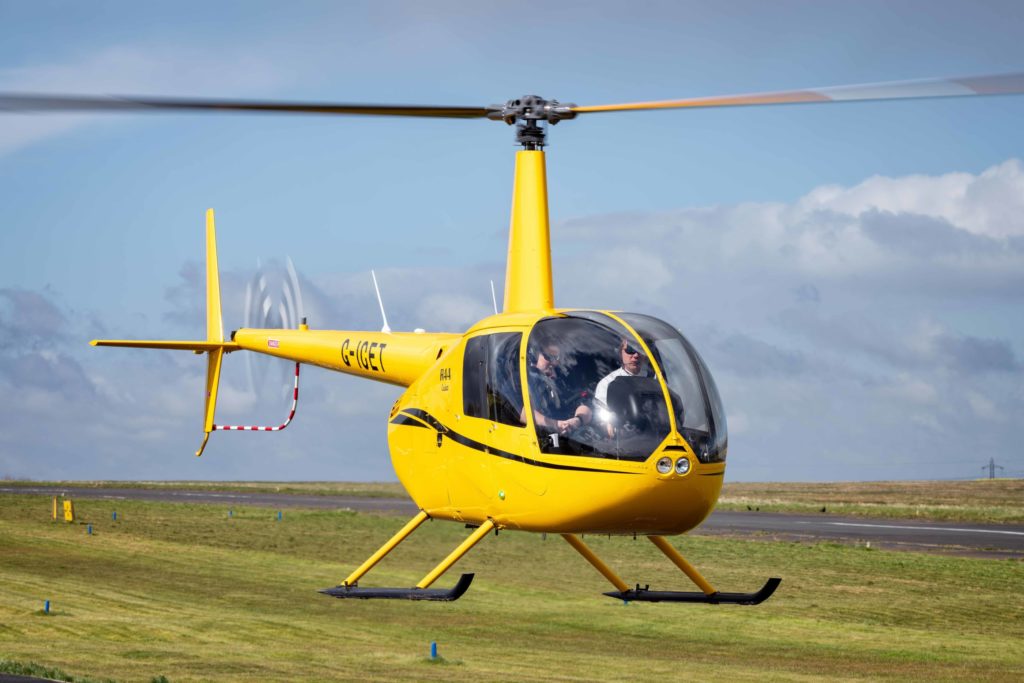Photos by Lloyd Horgan
Elstree Aerodrome in north London has seen its share of intrigue. During the Second World War, Lysander aircraft were tested there before being flown into occupied Europe to drop off or pick up spies and secret agents from unmarked fields in the dead of night. Now, its residents have an altogether different focus, teaching prospective private pilots how to fly.
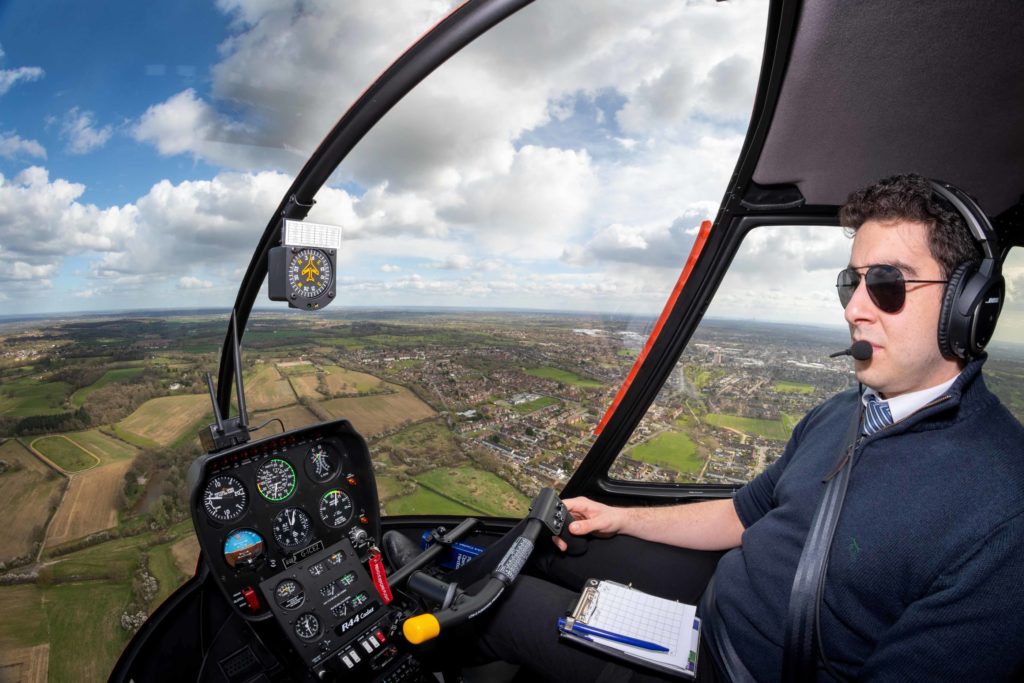
One of those is Ice Helicopters, a flying school which, despite being a relative newcomer, has managed to expand rapidly even against the backdrop of a global pandemic. This is all the more impressive considering the owner of the company, Martin Varley, describes himself as “a low-hour private pilot who knew what I wanted the company to be, but didn’t know anything about how to deliver it.”
For a serial entrepreneur with a string of successful businesses to his name, that might sound rather vague, but the conditions in which Ice Helicopters was conceived gave him a very clear vision about what he wanted the school to represent.
“I suffered an experience which I now recognize as an instructor showing off,” he said. “But at the time I felt really crap about it.”
Returning from a 35-year hiatus from private flying, Varley had already ordered a Robinson R66 and was looking forward to rekindling his love of aviation. But the response of his flying instructor to a perceived error threw him and his plan into serious doubt.
“We spent nearly 30 minutes in the air talking about this mistake, spending my money,” he explained. “I doubted myself for weeks afterwards and in fact I ended up believing that I really couldn’t do it.”
Varley’s confidence was so badly knocked that he initially cancelled the R66 order, and it took his examiner some time to convince him that he was not only up to the task of completing his skill test, but more importantly that he would be safe to fly with his friends and family on board.
“I was saved by the examiner,” he admitted. “But I took all of that and thought, ‘Is there a better way? Could we somehow make people feel good while they were learning?’ ”
Varley’s business background gave him the confidence to start a flight training company, but it also gave him the insight to recognize that he needed to build a team capable of delivering his vision. He described how, at the center of this mindset, was a frustration with the way that he had seen safety treated elsewhere as a hurdle. He wanted to do things differently.
“Why is that an agenda item? Why isn’t that just what we are?” he said. “You either have a passion for what you believe is the right way or you don’t, and you only get that passion in an organization by attracting people who share your values.”
While wrestling with this problem, Varley met Jack Fox, a relatively newly-minted helicopter instructor who had started flying in his teens and had an interest in business.
“I’m an entrepreneur,” said Varley. “I just thought, ‘Let’s start a flying school,’ but as employee number one, the business really started with Jack.”
Having just been through a lengthy training process himself, Fox was enthusiastic about an opportunity to do things differently.
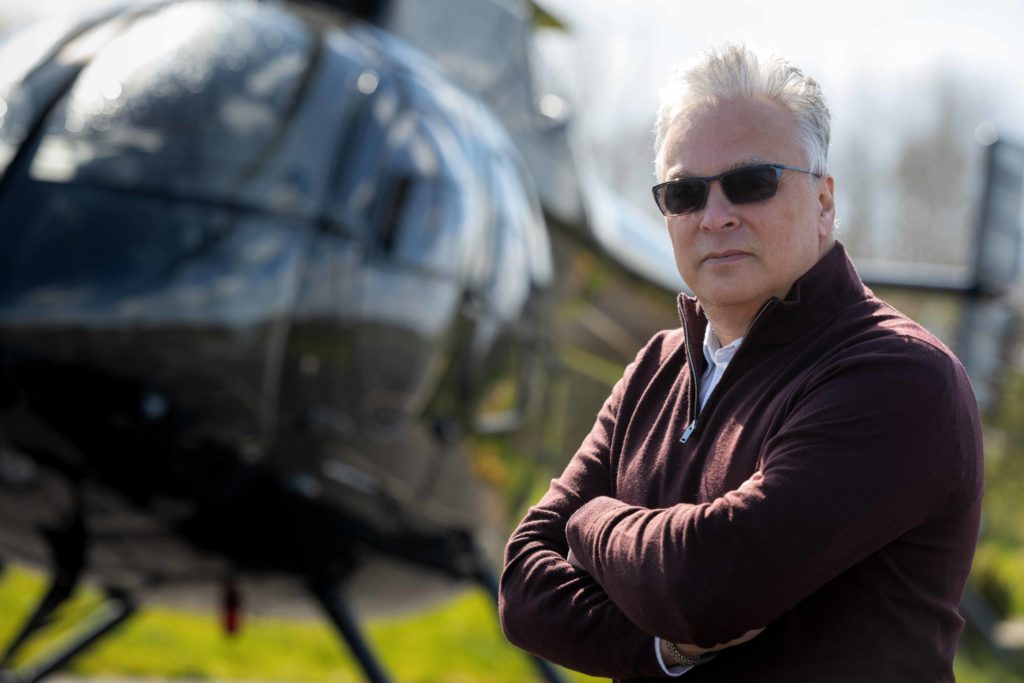
“It’s an expensive industry, there’s no getting away from that,” he said. “But there has to be a balance where the customer has a safe, enjoyable experience and doesn’t get ripped off. We felt we could do a better job than we had seen.”
Making a start
Initially operating a Robinson R44, Varley and Fox faced the same conundrum as everyone else in the market: fuel and maintenance costs made it almost impossible to compete on price. However, they saw opportunities to deliver value in other aspects of the experience for their customers. This meant thinking outside the box.
“We practice what one of my own instructors refers to as ‘sharemanship’ at Ice,” explained Fox, playing on the word ‘airmanship’ — which usually refers to piloting skills other than aircraft handling. “A big part of our ethos is community atmosphere, and we encourage our students to stay around the school and really immerse themselves in the aviation environment.”
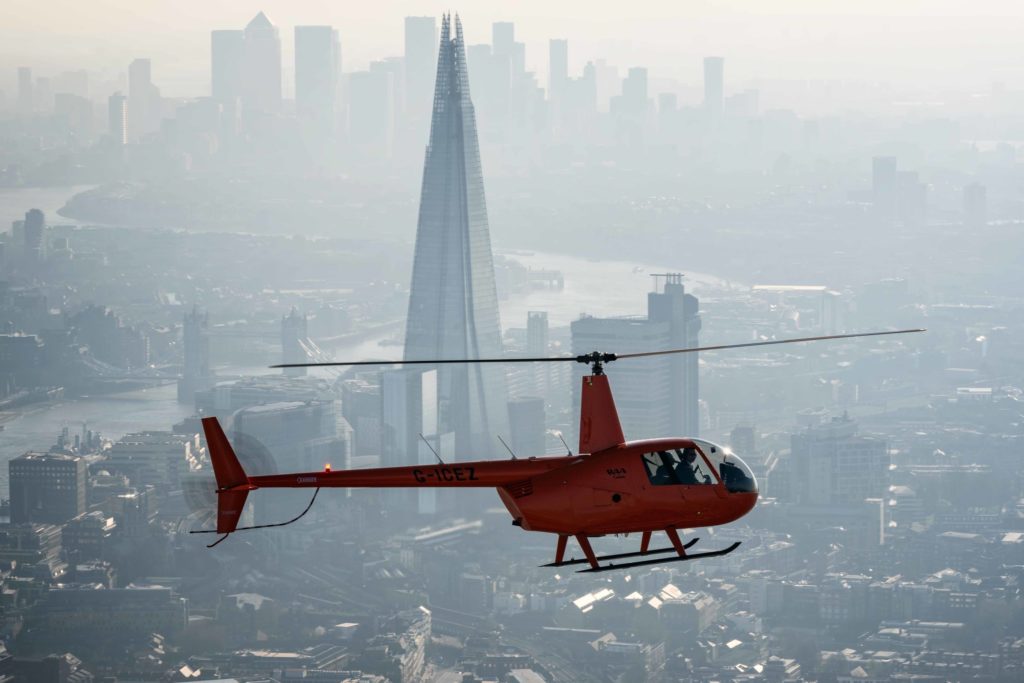
He explained how this immersion allows students not only to gain an understanding about the industry in greater depth from casual conversation, but also acquire valuable knowledge and attitudes. “You pick up things that you might not have otherwise,” he said. “From my own experience, I know how much easier it was studying for theory exams once I started to understand the context.”
Having started in 2019, the company soon grew with the addition of new instructors and aircraft: first a Hélicoptères Guimbal Cabri G2, and then another R44. This meant more pilots learning to fly, but the company was learning just as much from its previous students and using those lessons to improve. The focus became making the training course as efficient as possible without compromising safety.
“We don’t focus too much on theory to start with,” explained Fox. “For most people, they are so absorbed with the flying that doing a written exam is the last thing on their mind, and it’s important they really enjoy the first few hours.”
This approach clearly allowed students to focus on that part of their training that all helicopter pilots remember — learning to hover — unimpeded by exam nerves. However, it often left them with a lot of book work in the final hours of their training.
“We were finding that people were getting towards the end of the course still with a lot of exams to do,” he said. “That meant less flying, and then more flying hours to get themselves back up to speed for the skill test.”
The solution was a five-day intensive ground school where students could study at home and with one another. A more radical approach answered the most common question asked by prospective students: “How much will it cost to learn to fly a helicopter?”
“What we aimed to do was bring an end to that uncertainty,” said Fox.
Provided students can pass a basic aptitude assessment and will commit to full-time study for six months, Ice Helicopters will guarantee the cost of all training necessary to issue a private pilot license — a scheme virtually unheard of in the U.K. outside commercial training.
“Changing the game in aviation is very difficult, but we have proved that it can work with the right pilot and the right mentality,” Fox explained. “We’ve had two people successfully go through that program. We quoted their price before they started, and they didn’t pay a penny more.”
Even fixed-price training isn’t cheap, though, and many of the students have invested years becoming successful enough to contemplate the cost of learning to fly. This often means learning how to learn again.
“We get a lot of students who haven’t been in a learning environment for a long time, who are essentially paying a lot of money to hear how bad they are at flying,” laughed Fox. “It’s a delicate balance to coach them and help them be the best that they can, without sugar coating or compromising on safety.”
Again, Fox credits the community atmosphere as a decisive factor in helping people succeed.
“Everyone here has that culture of wanting to learn and share,” he said. “We’re not born to fly helicopters, we really have to work for it, so when you’ve motivated someone else and they’ve developed those skills, it’s incredibly rewarding.”
Promoting a Just Culture
Fox’s ‘sharemanship’ principle highlights learning opportunities, no matter who they apply to. “There’s a heavy emphasis on a ‘just culture’ here; none of us are perfect,” he said. “We all make mistakes and admitting when we do helps to create an atmosphere within which students can ask questions, rather than feeling like they are the only ones learning.”
The just culture concept is recognized across aviation as promoting safety, but Fox and Varley also credit it with allowing more efficient training approaches. Students can accept feedback with a growth mindset, enabling a quick recovery from mistakes or errors to try again without lengthy periods of in-flight coaching.
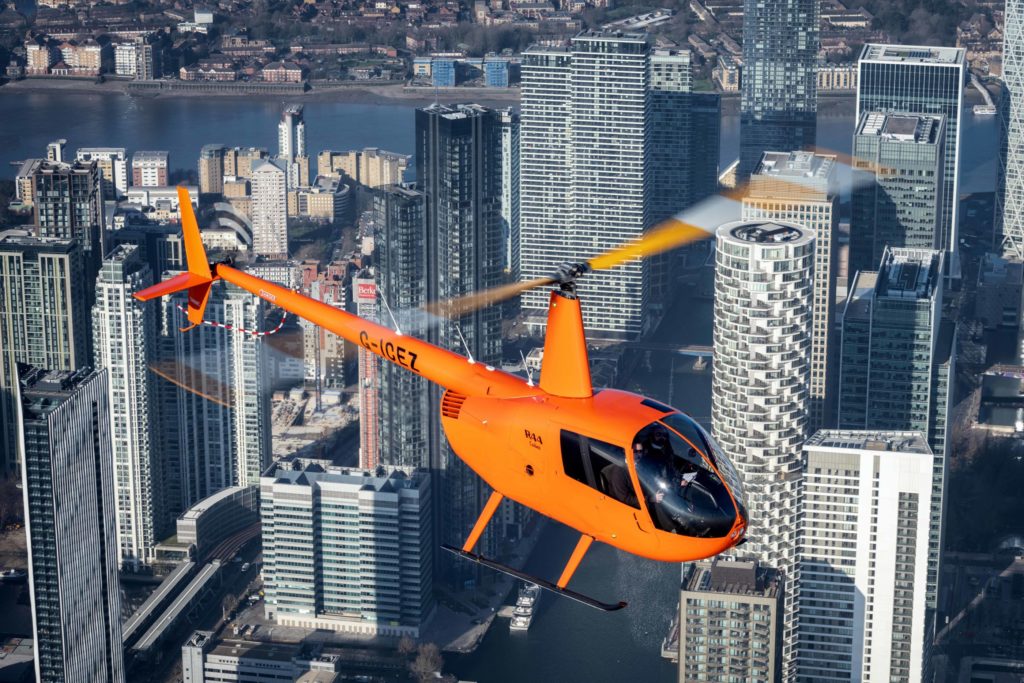
“I spend my time obsessing about customer experience, and I now get to obsess about how that impacts safety,” explained Varley. “But at the heart of that experience is the ability to feel comfortable, even though you might not feel confident. And it means you can spend your £7 per minute practicing, not talking.”
Further increasing learning potential and decreasing costs are the latest additions to the Ice fleet: three Robinson R44 Cadet helicopters — about which, Fox is effusive.
“The Cadet has been one of the greatest aircraft that we have been involved in flying,” he said. “With them, we can offer R44 training at rates approaching those of the Cabri G2, and the students get a type rating which allows them to fly any model of the R44.”
The in-cockpit camera included in the most recent models allows in-depth debriefing and an opportunity for both students and instructors to take learning points away.
“We found that the back seats were rarely used in our Raven I and II, and the reduced weight allows us to install features like air conditioning,” explained Fox. “Solo, it will cruise quite happily at 110 knots. It’s a great helicopter and we love it.”
Joined by an R22 and the R66 in the hangar, the company boasts not only the full range of Robinson helicopters, but also an MD 520N, which can also be made available for hire.
Ice Helicopters is now hoping to expand to provide commercial training, and while it isn’t ruling out adding more advanced aircraft, Fox in particular has his eye on the potential to expand the fleet in a different direction.
“In the past, synthetic flight training hasn’t been a feature of PPL training, because it’s been cost-prohibitive,” he explained. “Now there are devices that are much lower in cost that allow PPL trainees to be immersed in a synthetic world.”
One system that the company is keeping an eye on is the virtual reality motion platform from VRM Switzerland.
“I had the opportunity to experience it and I saw how much of a benefit it could really bring in coming to terms with operating both of your hands and feet in a three-dimensional environment,” said Fox. “Anything that you can do to build those skills outside the aircraft has got to be a benefit for training.”
Building skills outside the aircraft is probably an appropriate way to summarize the approach that Ice Helicopters has taken to developing its school in such a short time.
Its community has gone to great lengths to build a culture that allows both students and instructors to flourish, recognizing that both groups are engaged in the lifelong process of learning to be safe pilots.
It is a culture that encourages students to make mistakes freely and not dwell on them at the expense of their performance in the next task. They can then derive the maximum value from their time in the aircraft, and still get the full benefit of the debrief afterwards on the ground.
Varley explained that his commitment to creating a safe environment in which people could learn from their mistakes came directly from his own experience.

“At the point I am in life, I have the benefit of having made more mistakes than a lot of people,” he chuckled. “I didn’t get the training I felt was appropriate, I was charged more money than I should have been, and I nearly left aviation as a result. It can’t be hard to beat that!”
Elstree Aerodrome stands a stone’s throw away from the film studio of the same name, which once played host to the film sets of the original Star Wars trilogy. Listening to Varley, it feels like a story about a band of plucky rebels versus the mighty empire might resonate well with the Ice Helicopters family.





